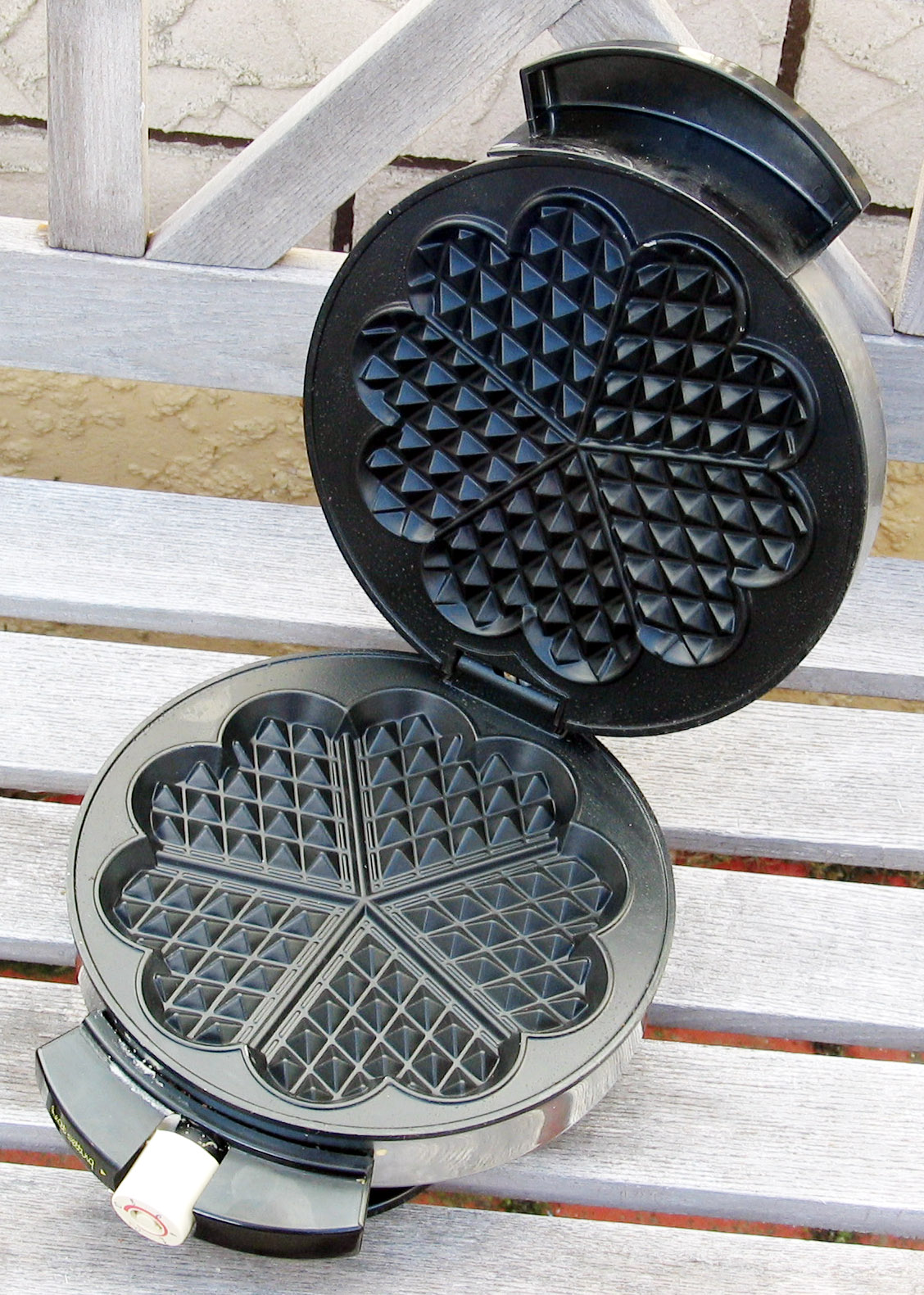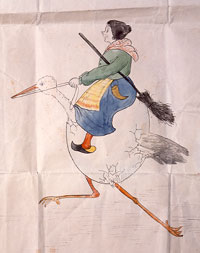March 25 in Swedish History
-
 The annunciation (here in a painting by Caravaggio) in Sweden was celebrated as "Vårfrudagen" (Our Lady Day), which became "Våffeldagen" (waffle day), which today means Swedes make and eat waffles.
The annunciation (here in a painting by Caravaggio) in Sweden was celebrated as "Vårfrudagen" (Our Lady Day), which became "Våffeldagen" (waffle day), which today means Swedes make and eat waffles. -
-
March 25 in Swedish History
Every year: Get your waffle maker out - it's Våffeldagen in Sweden. If you're looking for a Swedish recipe, you find it here: "Svenska våfflor" Vårfrudagen – Våffeldagen. And the reason Swedes get waffles (which vary slightly from American waffles as they are thinner and crispier) with whipped cream and jam (no syrup, please!) today is actually a misunderstanding. -
 Swedish "våfflor" are heart-shaped, thinner and crispier than their American equivalent. And served not with syrup but with whipped cream and jam.
Swedish "våfflor" are heart-shaped, thinner and crispier than their American equivalent. And served not with syrup but with whipped cream and jam. -
-
Today is not really “våffeldagen” but “Vår Fru dagen” or “Lady Day” in English. In the western liturgical year, Lady Day is the traditional name of the Feast of the Annunciation of the Blessed Virgin, Mary. It was today that the Archangel Gabriel told Mary she was going to give birth to Jesus. In Sweden, March 25 was a holiday until the year 1953; today it is no longer a holiday but people do eat waffles.
-
 Swedish wafflemaker.
Swedish wafflemaker. -
But there was and is more to March 25 than waffles in Sweden—in certain areas this date is also “trandagen,” that is “the day of cranes,” a day on which children receive candy from the crane. The candy might be hidden, in which case the children are given a map to find it, or a cap might be put under the bed where the crane, if the child in question has been good, leaves an egg filled with candy or a marzipan egg. It was also common to put up stockings or socks to be filled with candy.
-
 Celebrated in some areas of Sweden (mainly in Kalmar County, Kronoberg and Blekinge as well as Värmland and Rydaholm) on the same day is "Trandagen," or "Day of the Crane." Above a so-called "tranbrev," "crane letter," which children would write or draw and throw at each other. There was also a game called "springa trana," (run like a crane), during which these letters were thrown. Illustration: Nordiska Museet.
Celebrated in some areas of Sweden (mainly in Kalmar County, Kronoberg and Blekinge as well as Värmland and Rydaholm) on the same day is "Trandagen," or "Day of the Crane." Above a so-called "tranbrev," "crane letter," which children would write or draw and throw at each other. There was also a game called "springa trana," (run like a crane), during which these letters were thrown. Illustration: Nordiska Museet. -
According to sources this tradition has been around since the 16th century. There were also “tranbrev,” colorful “crane letters” that children would run and throw at each other. And the crane “bär ljus i säng,” meaning that from this day on, there was no need to light a candle or a lamp inside your home, the daylight outside was enough of a light source.
-
Waffles for “våffeldagen” a tasty historical misunderstanding.
-
“Tranbrev” for “trandagen”, which is the same day as “våffeldagen”—March 25.
-
-
-
